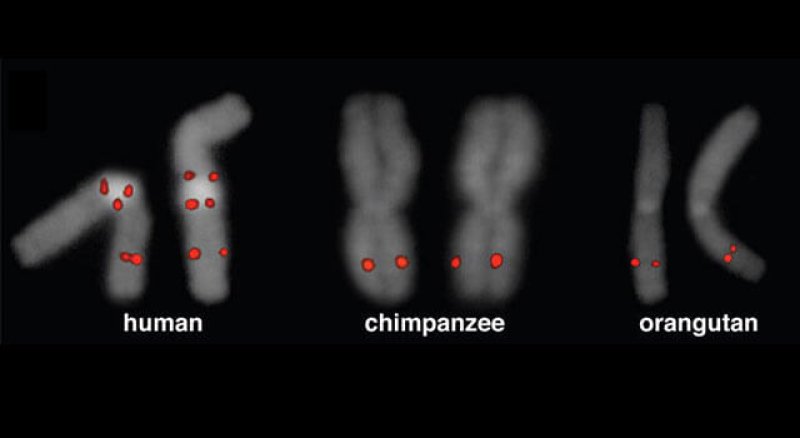About 8 million to 12 million years ago, the ancestor of great apes, including humans, underwent a dramatic genetic change.
Small pieces of DNA replicated and spread across their resident chromosomes like dandelions across a lawn. But as these “dandelion seeds” dispersed, they carried some grass and daisy seeds — additional segments of DNA — along for the ride. This unusual pattern, repeated in different parts of the genome, is found only in great apes — bonobos, chimpanzees, gorillas and humans.
“I think it’s a missing piece of human evolution,” said Evan Eichler, a geneticist at the University of Washington, in Seattle. “My feeling is that these duplication blocks have been the substrate for the birth of new genes.”
Read the full, original story: A Missing Genetic Link in Human Evolution
Additional Resources:































